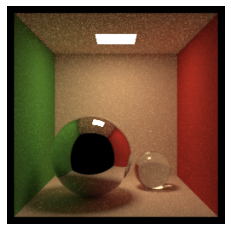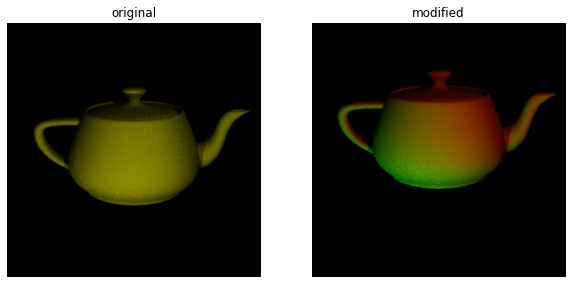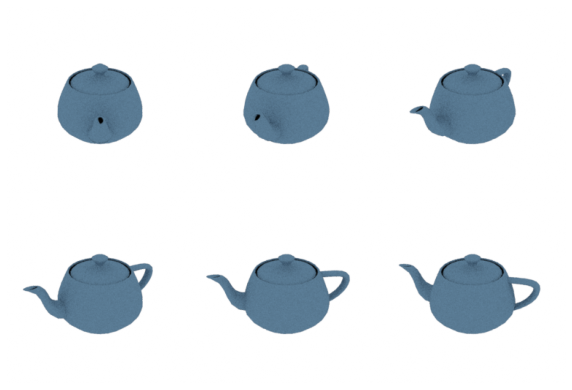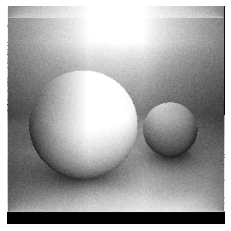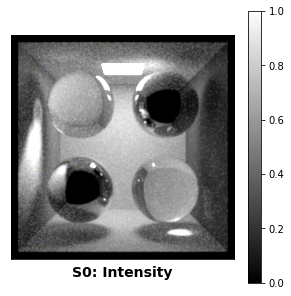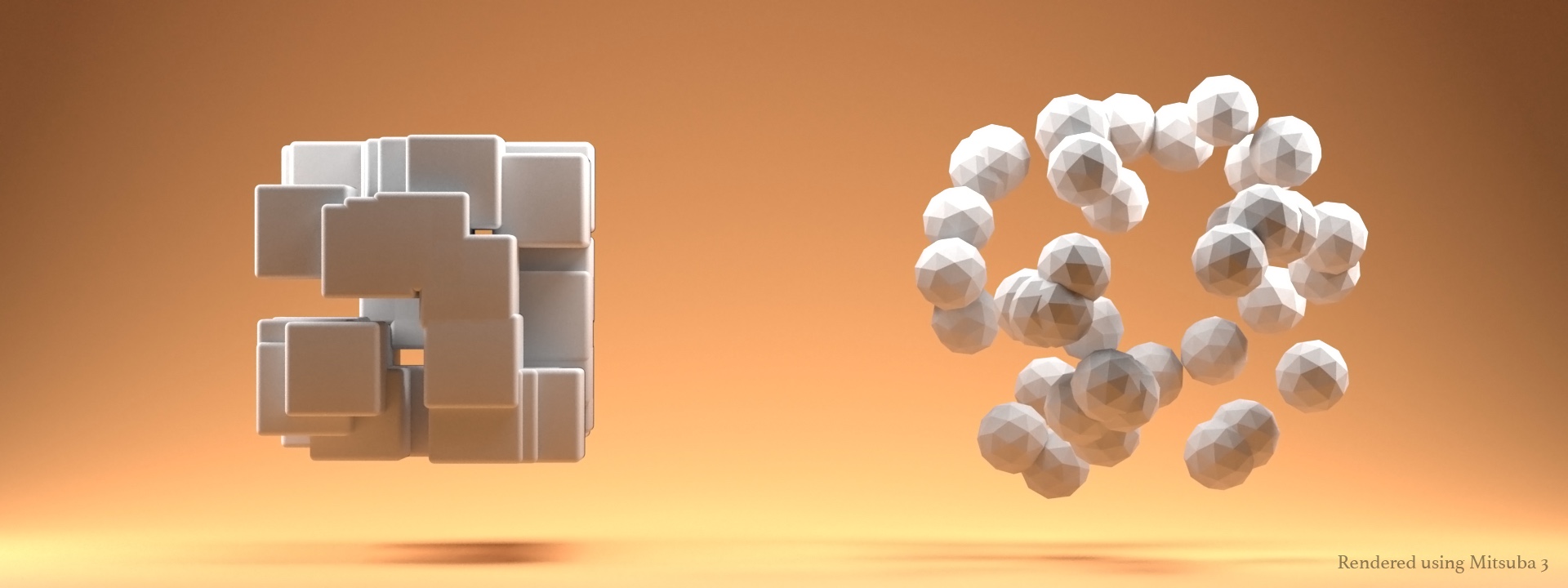
Rendering tutorials#
The best place to start is with user-friendly tutorials that will show you how to use Mitsuba 3 with complete, end-to-end examples. The following tutorials cover the basic operations ones might need to know when it comes to rendering with Mitsuba 3:
